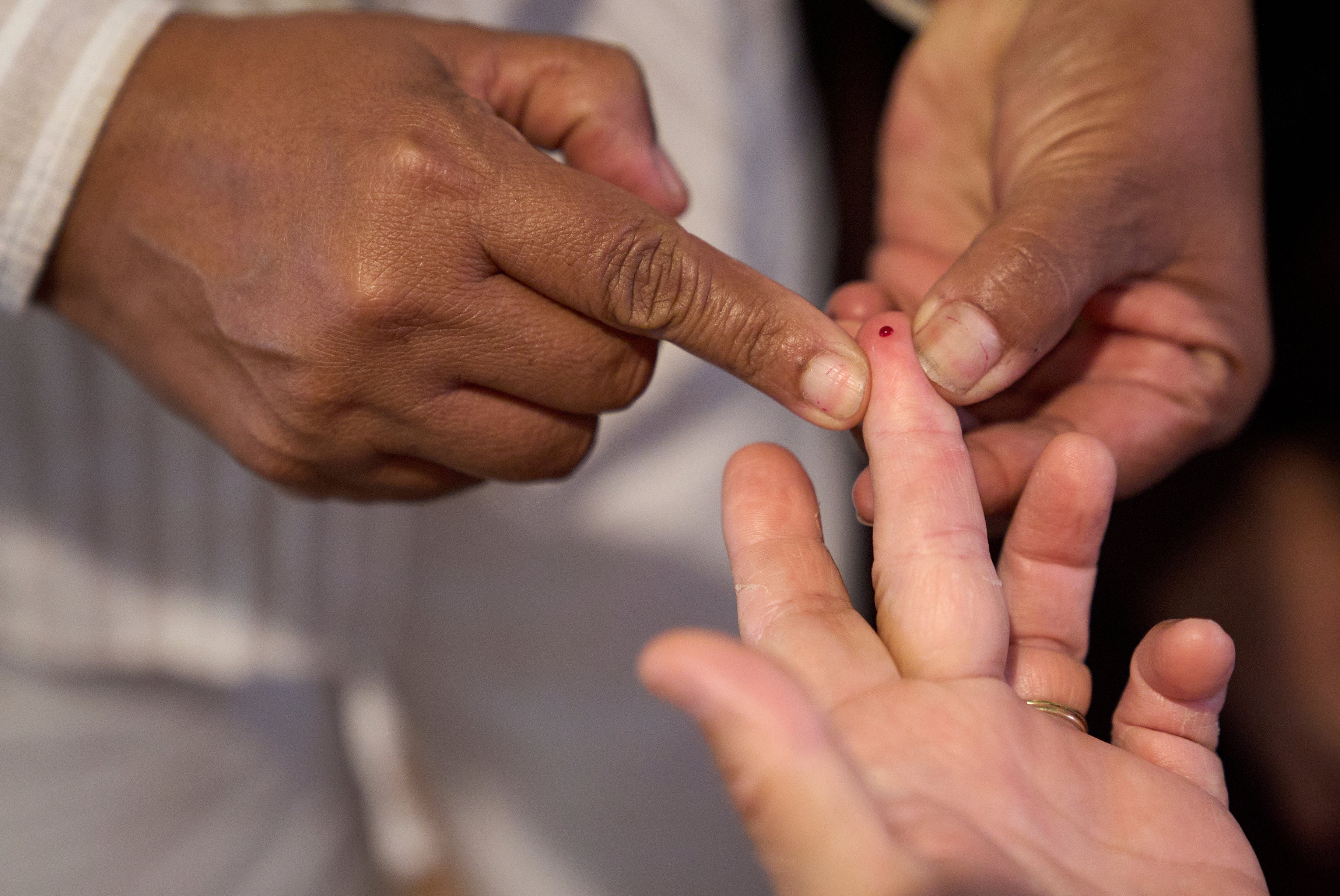The UK is falling behind other high-income countries when it comes to the diagnosis of diabetes, a new study has found.
Just under three-quarters (74.2 per cent) of people with diabetes are estimated to have been diagnosed in the UK, compared with an average of 79.5 per cent for all high-income nations.
In Canada, some 86 per cent of cases have been diagnosed, while diagnosis rates in the US stand at around 82.8 per cent, according to a study comparing the detection and treatment rates of diabetes in countries around the world.
Researchers, led by academics at the University of Washington in Seattle, in the US, estimated that in 2023, some 77.5 per cent of patients aged 15 and over in western European countries had received a diagnosis.
Among western European countries, only Switzerland and France had lower diagnosis rates than the UK.
Researchers pointed out how complications linked to diabetes “can be averted with timely and appropriate diagnosis”.
Globally, some 55.8 per cent of people living with diabetes were diagnosed, researchers found, with 91.4 per cent of people with diagnosed diabetes receiving treatment and 41.6 per cent of people receiving treatment in control of their blood sugar levels – also known as glycaemic control.

The data for 2023, revealed that 88.5 per cent of those diagnosed in the UK were receiving treatment.
And just over a third (36.2 per cent) of these were reported to be in control of their blood sugar levels.
“We find major gaps in diagnosing, treating, and managing diabetes globally, with substantial variation between countries,” the authors of the report wrote in the journal Lancet Diabetes and Endocrinology.
“Despite improvements over the past two decades, underdiagnosis and suboptimal glycaemic management of diabetes remain major challenges globally, particularly in low-income and middle-income countries.
“These findings highlight the urgent need for enhanced strategies and capacity building to improve the detection, treatment, and management of diabetes worldwide.”
The study did not differentiate between diabetes type.
Nikki Joule, policy manager at Diabetes UK, said: “Despite improvements over the last 20 years, underdiagnosis of type 2 diabetes remains a major challenge in the UK, particularly in young people.
“Because symptoms can be subtle and slow to develop, type 2 diabetes can remain hidden for years.
“Without a timely diagnosis, dangerously high blood sugar levels go untreated, increasing the risk of serious and life-threatening complications.
“With one in five adults now living with diabetes or prediabetes in the UK, this research shows there is still a long way to go in improving the diagnosis and treatment of this serious condition.”
Researchers find new link between women who suffer heart attacks
WHO has added GLP-1 drugs to the essential medicines list. Here’s what that means
Error means 55,000 patients require diabetes retests after potential misdiagnoses
How AI could triple likelihood of stroke patients making full recovery
Researchers warn high blood pressure in children has links to fatal conditions later
New report highlights the hold social media has on 16-year-olds







